Australian Kelpie
The Australian Kelpie is a working Australian dog breed and is one of the best herding dog breeds in the world. They originated in the early 1800s, and they still have most of their original characteristics and herding abilities. The Australian Kelpie, or as it is often called, Kelpie, is constantly prepared for action. They have tons of energy that help them work for hours upon hours in the harshest weather conditions, such as the Australian heat.
The Kelpie soon became a breed of choice for many dog sports and law enforcement. They excel at things like obedience, rally, nose work, detection work, herding, frisbee, and many other things.

Height:
17–20 in (43–51 cm)

Weight:
25–46 lb (11–21 kg)

Origin:
Australia

Life Expectancy:
10–13 years
Dog Breed Characteristics
Appearance
With its supple gait and athletic build, the Kelpie gives the impression of having tremendous energy despite its medium size. More important than strict adherence to the breed standard is a dog's physical soundness and lack of lameness or other defects. If a dog is in full flight, it should land with all four paws on the same line, which means its gait should be loose and easy to follow during movement.
Slightly rounding of the head's skull between large, pointed ears and a prominent stop before the medium-length tapering muzzle is evident. It is essential that the lips are free of flaws and that the teeth have a slightly overshot bite. This dog's eyes are medium-sized and oval with dark brown coloration.
The neck and back of the Kelpie are well-muscled without being bulky, making them appear taller than they actually are. The back is not flat but instead has muscular contours at the withers and the loin. The chest and ribs are deep and well-sprung, and the abdomen is slim and tucked in, giving the impression of strength. Legs are moderately angulated and well-muscled throughout, and the dog stands tall on tight paws with its head held high.
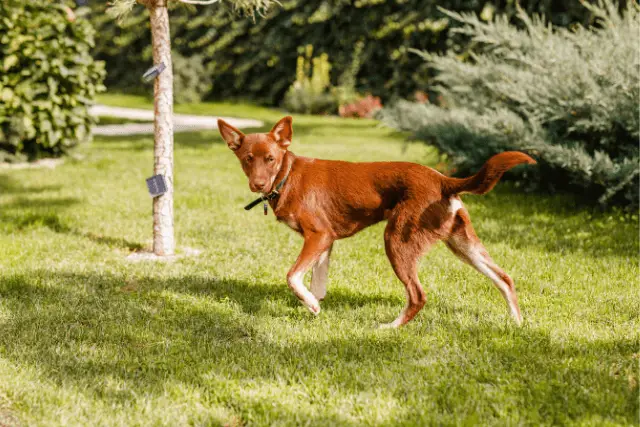
Coat type and color
Although the Kelpie breed's coat is highly variable, an "average" Kelpie has a coarse, medium-length outer coat and a slightly softer undercoat. The function is more important than appearance, so breeders put less thought into producing "special" colors. The following are the most common Kelpie coat colors:
- Black
- Red
- Blue
- Fawn
In addition to their primary color, many dogs have tan markings.
Temperament
This intelligent dog is a joy to be around, always alert and ready to go to work. When it comes to working, the Kelpie sees itself as more of a partner than a pet. It needs an experienced owner and an unbending set of rules in order to become a docile companion. Any prospective Kelpie owner should be prepared for the breed's restlessness and know their dogs will follow their every move.
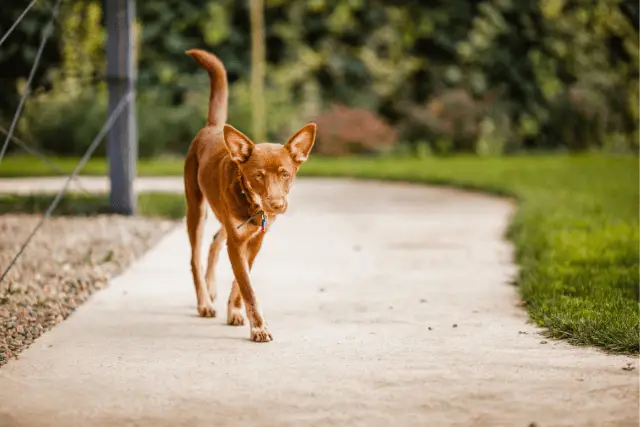
They are devoted companions who also serve as excellent watchdogs thanks to their high level of alertness and vocalization. As a result, they may become apprehensive or aggressive toward strangers if they have not been adequately socialized. To avoid loneliness, these dogs have to be constantly surrounded by people, and they are not suited for outdoor living.
Care guide
The Australian Kelpie is primarily a working breed. As such, these dogs are used to spending most of their time outside. That means their coat is pretty resilient, as is the rest of the dog. However, Kelpie owners need to make sure they take proper care of their dogs. Working breeds that spend their time outside still require basic care. Here are the most essential parts of Australian Kelpie care.
Grooming
Grooming requirements for the Australian Kelpie are mild to moderate. It is recommended that you brush your Kelpie at least two times a week to remove dead hair and reduce shedding. They have double coats, one of which is more weather-resistant. In the spring, Australian Kelpies shed a lot, so they may require more brushing.
They are pretty active, so in most cases, their nails will wear down naturally. However, keep an eye on them just in case. You want to make sure they don't become overgrown and create problems. These dogs need to be washed only when they roll into something smelly. A bath every couple of months is usually more than enough. Make sure you regularly check the dog's ears, especially if the Kelpie runs through water and gets its ears wet. You can keep their ears clean and healthy with pH-balanced ear cleaners.
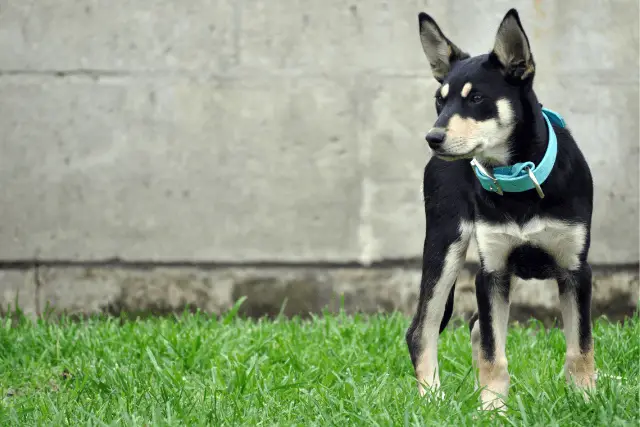
Training
There are few breeds that are more trainable than the Australian Kelpie. Many are used as guide dogs or assistance dogs for people with disabilities. They can also be used in search and rescue missions, as well as for detection.
Most owners have problems keeping their Kelpie's obedience training interesting and varied enough to keep their dogs engaged. As a last resort, teach your dog how to do simple household chores and tasks to keep them from getting bored. Joining an agility or flyball club is ideal.
Exercise needs
Providing the Kelpie with the amount of exercise it needs is challenging for most owners. Dogs of this high energy level enjoy various activities, including running, swimming, or hiking; joining a canine sports club provides an excellent physical and mental workout that the dog will appreciate.
It's important for potential owners to understand that even after all of this training, a Kelpie won't just curl up in a corner and go to sleep; they'll usually follow their owner around the house, following their every move.
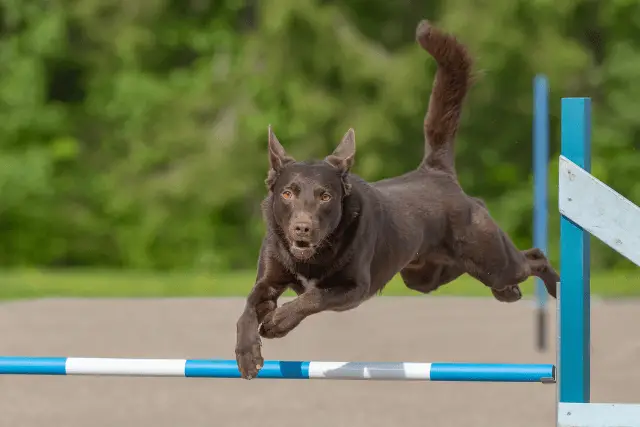
Socialization
The process of socialization is crucial for all dogs. It doesn't matter how big, small, or intelligent they might be. If they aren't socialized, they can develop behavioral issues. Start the socialization process as soon as your Kelpie puppy arrives at your home. Introduce them to various people, and as soon as the puppy gets its shots, take them to different places.
Dog parks and busy streets are great training areas where your puppy can learn proper behavior and social rules. Make sure your puppy experiences various sights, sounds, situations, people, and other dogs.
Australian Kelpies and kids
Australian Kelpies can be too energetic for toddlers. They will want to play, and sometimes, their playing style is too enthusiastic, making it unsafe for toddlers. These dogs are better suited for families with older children that can provide them with the necessary activities where both the dog and kids can stay safe. Kelpies have strong herding instincts, which means owners need to make sure they nip that type of behavior when it is directed towards kids.
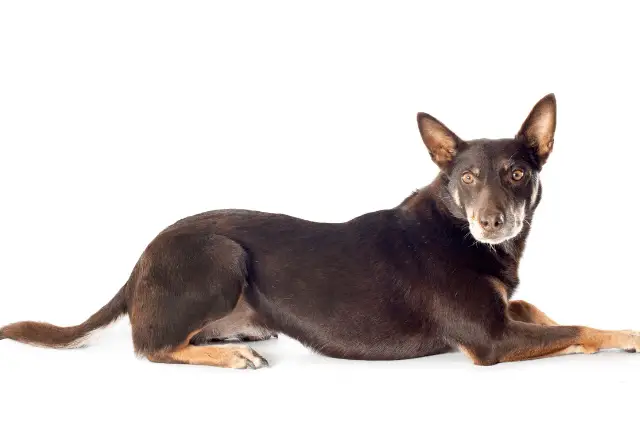
Australian Kelpies and other pets
The same issues can happen with other pets; Kelpies might try to herd them. They are generally good with other dogs in their family and outside of it. However, they will need to socialize and get properly introduced to other smaller pets. They usually get along great with other pets when raised with them.
Health
The Australian Kelpie is considered a reasonably healthy breed with a life expectancy of 10 - 13 years. However, they are related to Collies, which means they are prone to the same health issues. Specific health issues Kelpie owners should be aware of are;
- The Collie Eye Anomaly - This condition, known as choroidal hypoplasia, affects several Collie breeds, including Border Collies. If the retinal thinning is severe enough, it can lead to complete blindness in that area of the retina.
- Hypothyroidism - It is essential to screen middle-aged and older Kelpies for thyroid issues caused by immune-mediated destruction of thyroid tissue if any of these symptoms are present.
- Cerebellar Abiotrophy - This is a rare condition, but it appears to be genetic in the breed. The Purkinje cells, primarily responsible for maintaining balance and coordination, are damaged by the disease.
- Cranial Cruciate Ligament Rupture - Most dog hind-limb lameness is caused by the rupture of the anterior cruciate ligament, also known as the cranial cruciate ligament.
- Microphthalmia - Kelpie pups born with underdeveloped or completely absent eyes do appear from time to time. Other abnormalities may also be present, such as hair growth within the eye sockets.
- Progressive Retinal Atrophy - Another common ocular disorder in the Collie family, the retina, the tissue that lines the back of the eye responsible for vision, begins to degenerate.
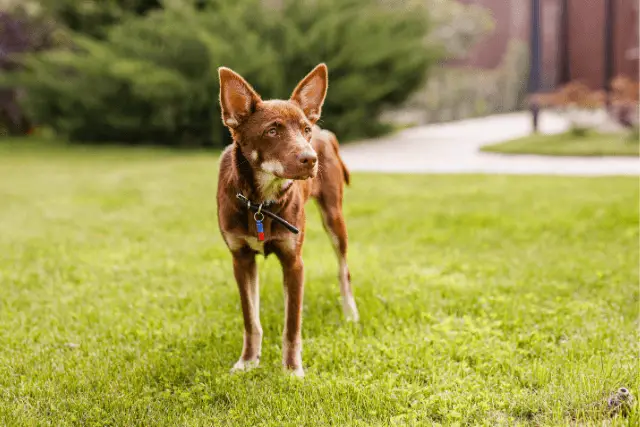
Australian Kelpie breeders
If you're absolutely sure this is the perfect breed for you, the next step is to find a good Australian Kelpie breeder that can provide you with a puppy. Good breeders produce healthy puppies, and health should be pretty high on your priority list. Australian Kelpie breeders should be pretty open to your questions, so make sure you ask about everything you want to know about this breed. Plus, they can provide you with fantastic advice and breed tips.
World Dog Finder team

Updated at31.08.2023.
Breed History
This breed was developed in the mid-nineteenth century to meet the needs of Australian frontier livestock farmers, much like the Australian Cattle Dog. These dogs were imported from England by their owners, who used them as foundation stock for a now-extinct variety of black-and-white Collie. During the 1870s, some of these Collies are believed to have been crossed with the indigenous dingoes.
As long as dingoes have been considered a threat to sheep's herds, the idea of using dingoes in a herding line may seem absurd. A few farmers continue to cross their Kelpies with wild dingoes every few generations in the belief that doing so improves their livestock herding abilities.
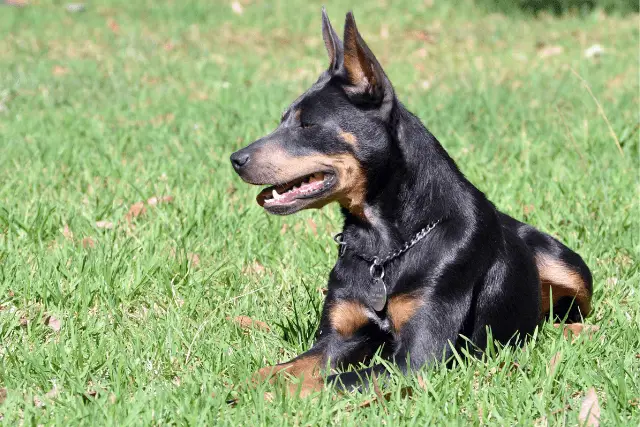
The name Kelpie was given to one of the earliest progeny of this breeding program and has remained ever since. It was a dog that could run for hours on end without stopping for water that came out of these early breeding experiments. It was also a dog that could work a flock or herd on its own without the assistance of its owner. In the twentieth century, the breed was used to herd a variety of livestock, including cattle, goats, and reindeer, all over the world, not just in Australia.
The working Kelpie and the show Kelpie are two distinct breed varieties, with the show Kelpie being slightly less athletic and leaner than the working Kelpie.
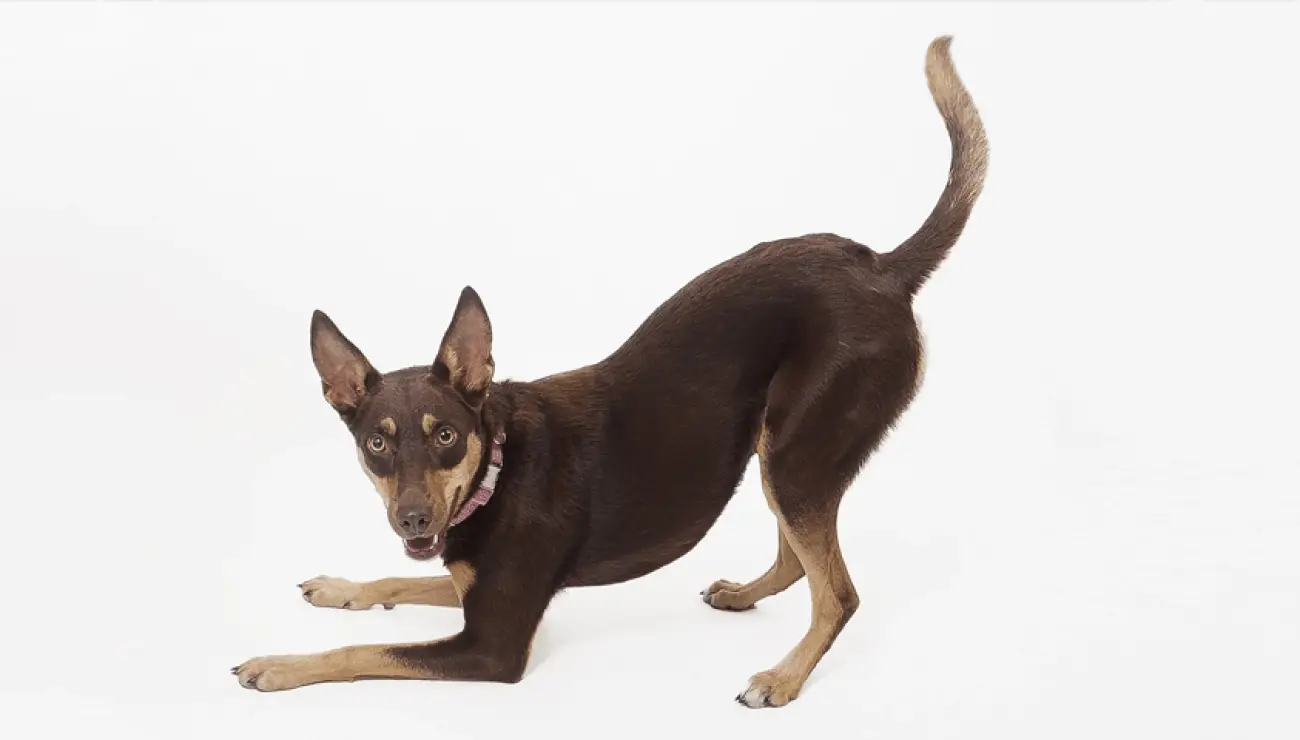
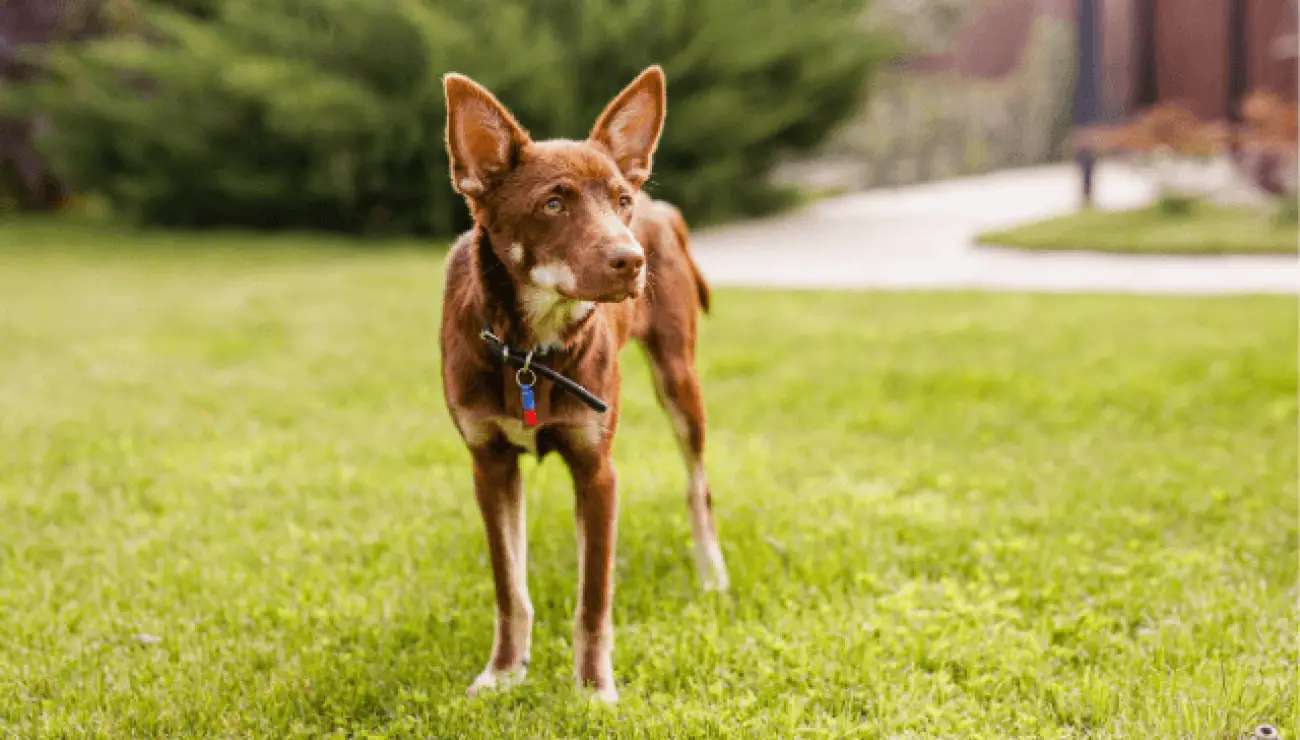
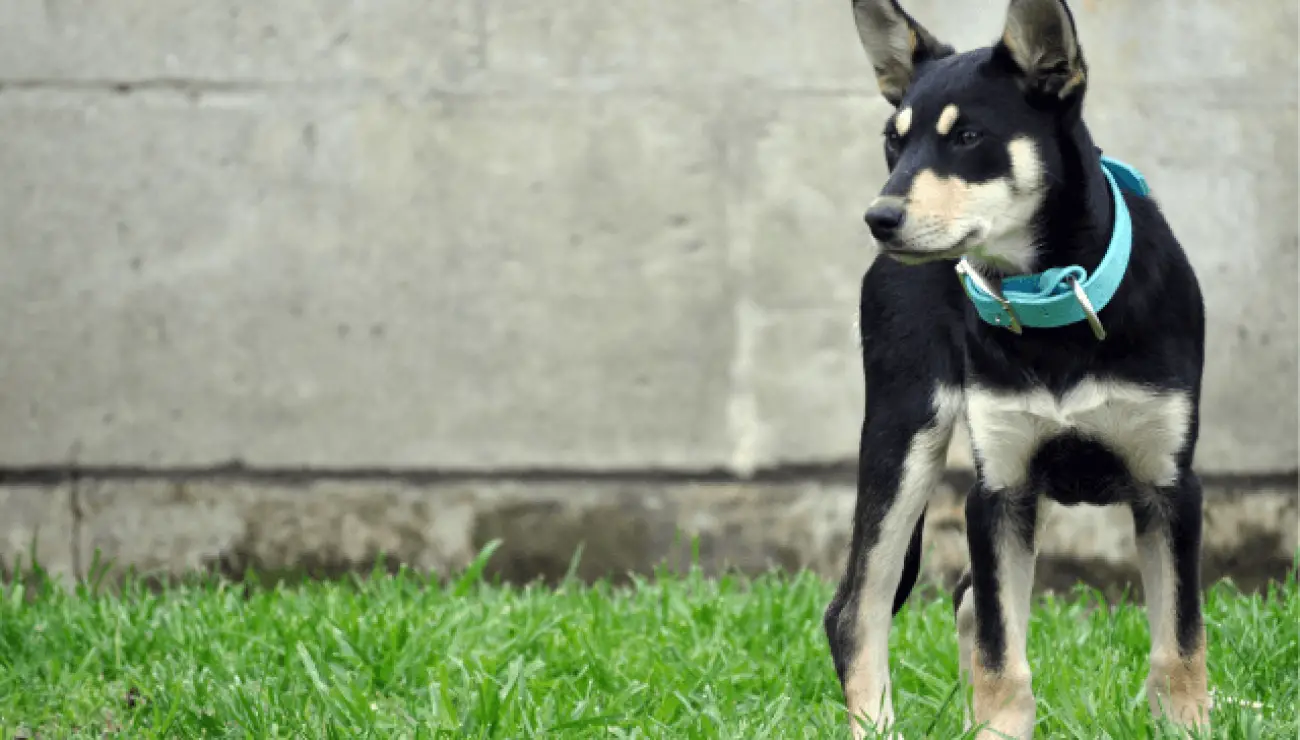
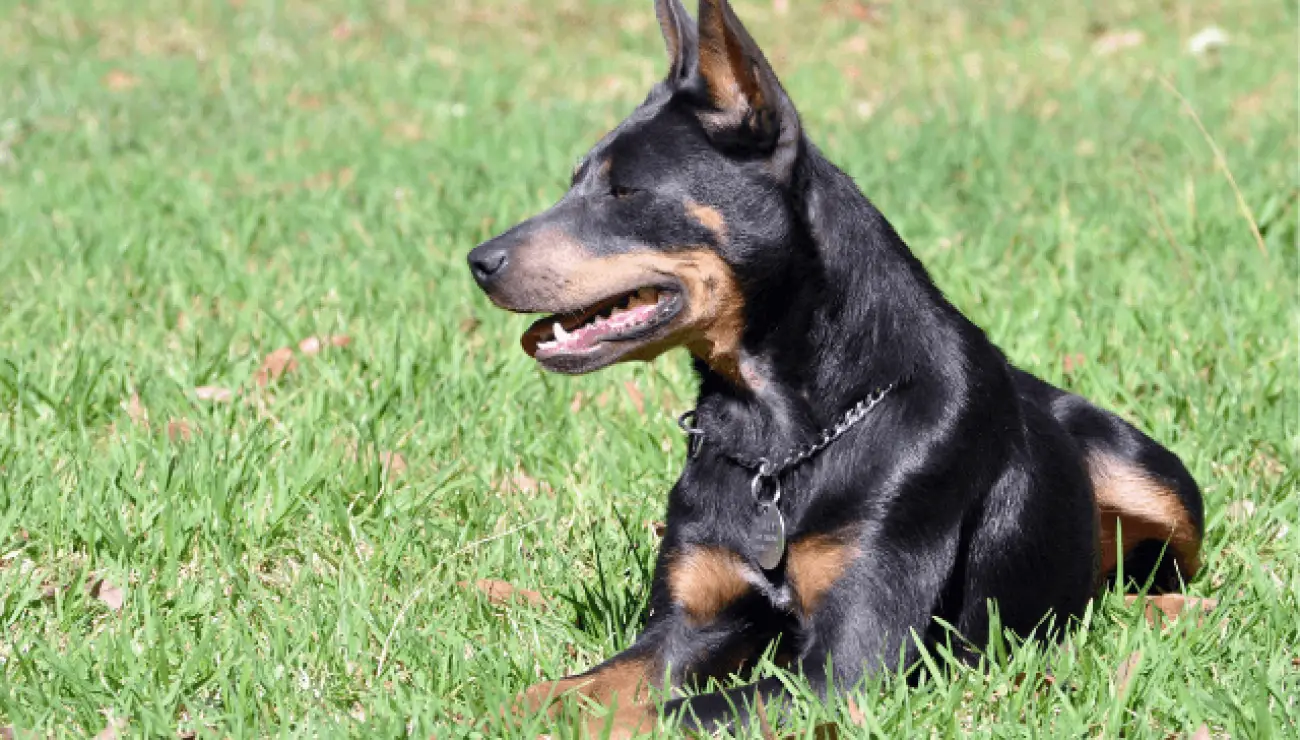
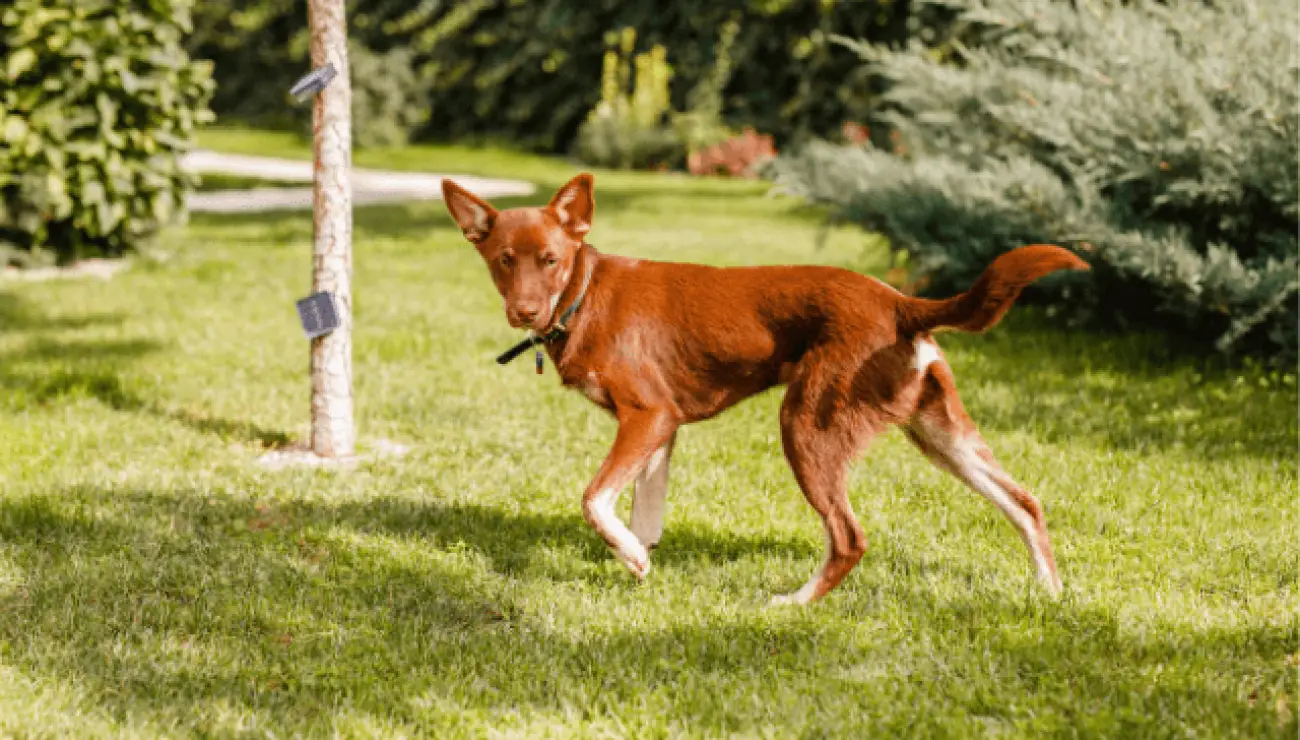
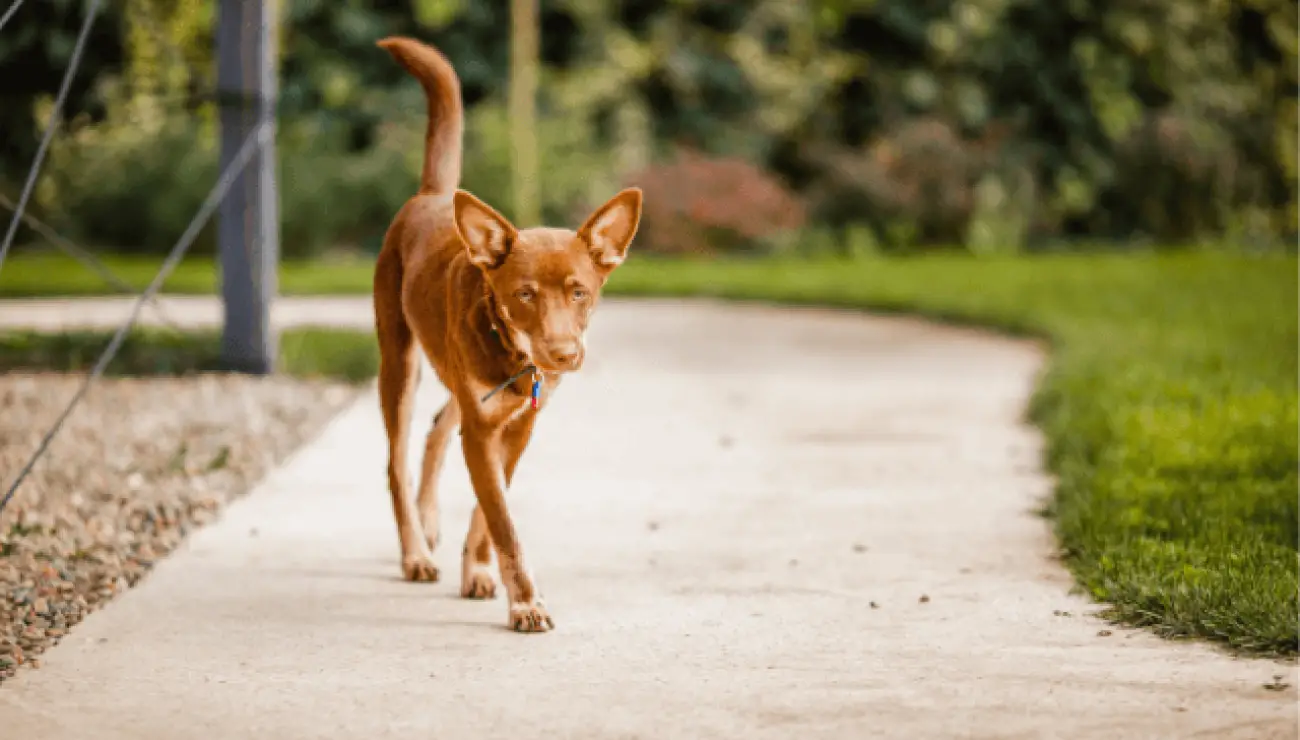
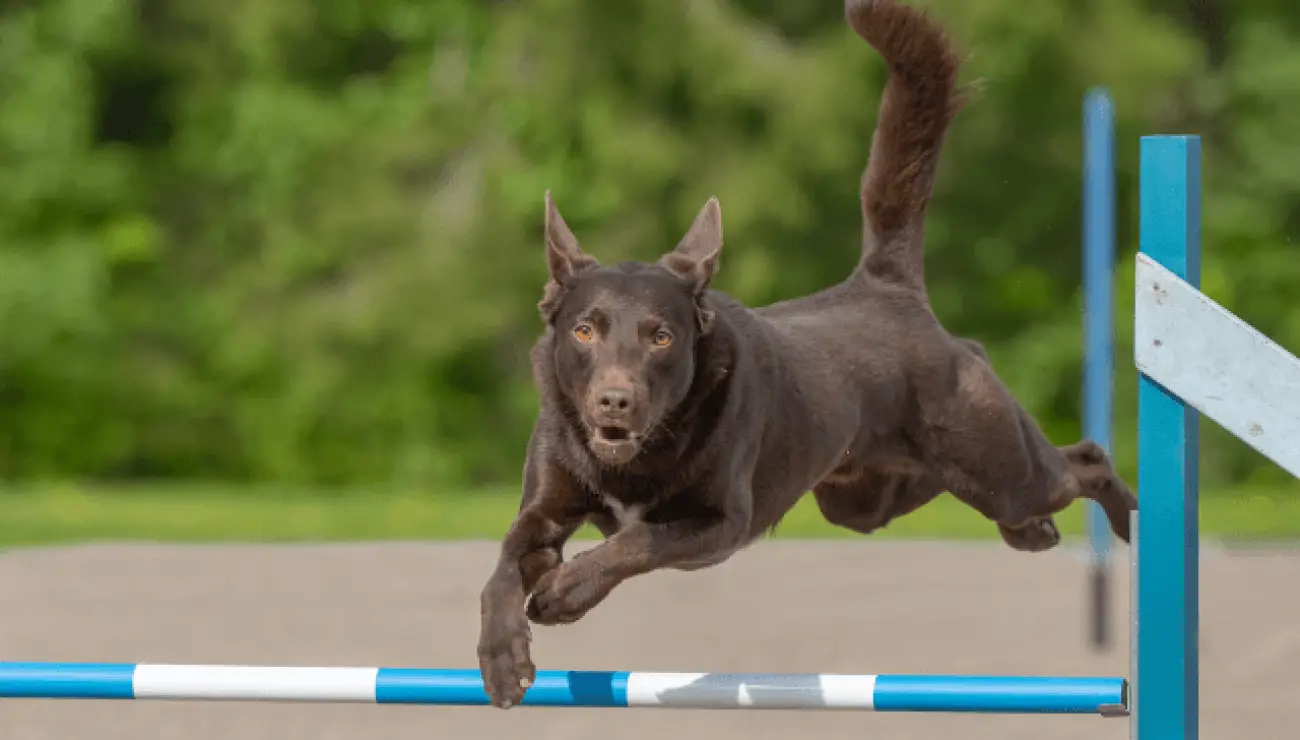
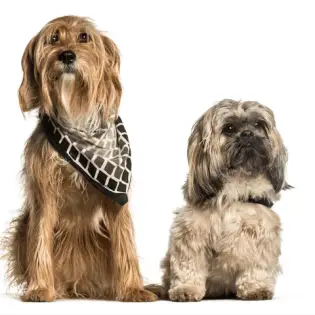




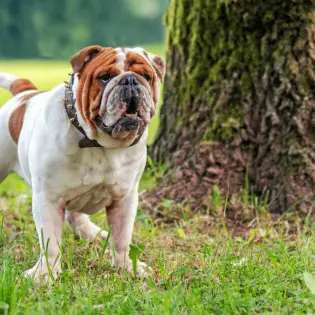
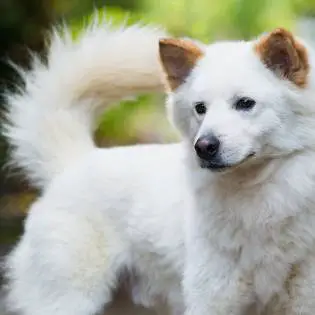
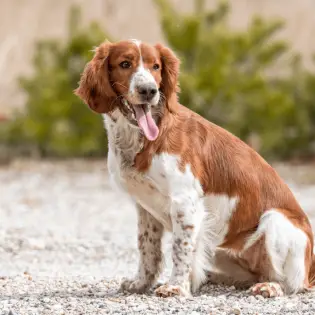
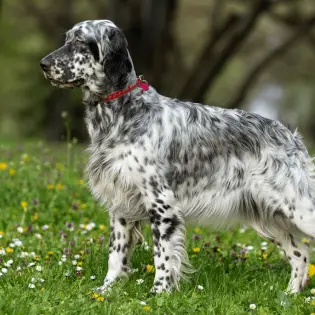
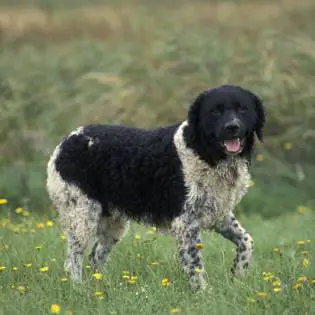

Share